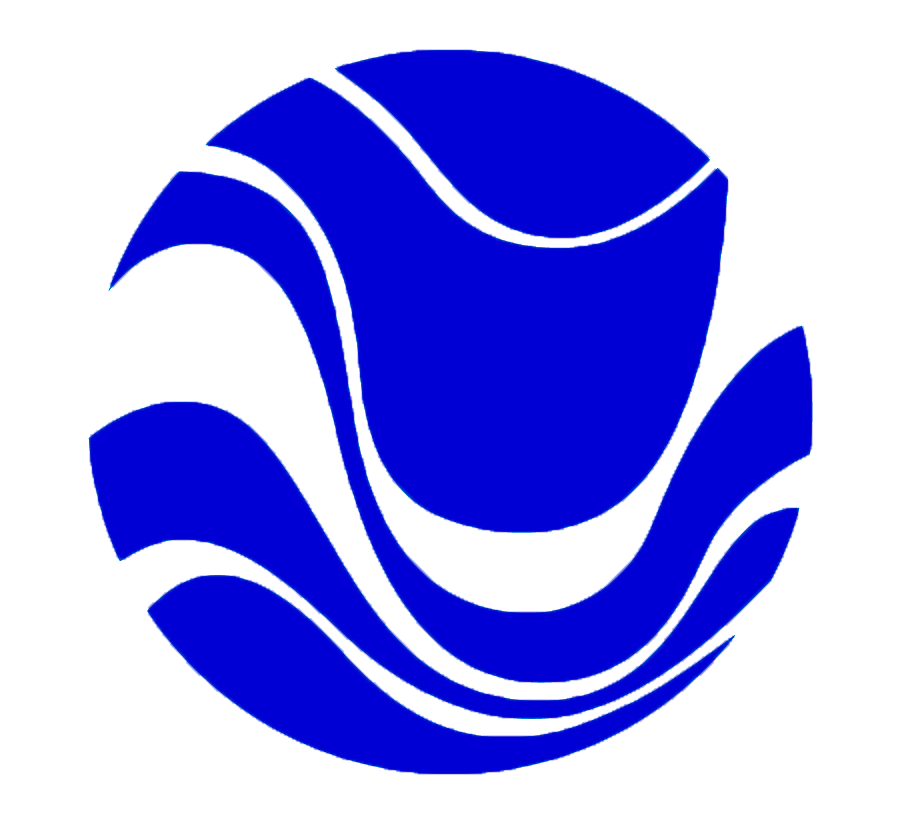Late 2014 I wrote an article based on an Artist-in-Residence (AIR) in Spain, titled a Tribute to Farrera.
Whilst in Spain, at least three times, I drove to the end of the road, usually up a narrow mountain road. Farrera is at the end of the road on the edge of a valley in the Catalan Pyrenees. A small village of houses and barns, built with local stone and slate, grouped around the 17th century church of Sant Roc, it is sited at an altitude of 1365 metres and is one of the highest inhabited villages in Catalonia. (extract from The Centre d’Art I Natura website)
In the following article I mention six weeks of exploring Spain. It was an amazing journey, however by the end of week five Walter did not want to see any more cities so I took him to the costa del sol where we idled for several days traveling to the end of the road at Capileira on a day trip.
Our one-week artist residency in Farrera was unique in our usual style of touring. It was Walter’s first residency and a week of sheer indulgence to create for both of us. We had the opportunity to stay in one place and really get to know that place. Tourist companies continually advertise the concept of seeing seven countries in seven days rushing guests to the must-see spots for them to tick the site on their bucket list before taking a bus or flight to the next spot.
We have an immense amount to gain by stopping the rush. Yes, there were many ‘must see sites’ in Spain that we did not see and may never see, but we will spend the rest of our lives talking about one week in Farrera; the people we met, the walks, the dinners, the changing weather and the joy of art making.
A Tribute to Farrera Denise Keele-bedford December 2014
Late in 2013 my husband and I decided that we would journey to Spain, a first for us both.
From early September to mid October 2014 we would have six weeks of exploring the Peninsula driving a Northern loop from Madrid to coast and down to Barcelona. A train from Barcelona to Seville then driving a second Southern loop to coast and back to Madrid, virtually a ‘figure 8’ form.
After looking at the resartis website to discover that Spain offers 22 different residencies I contacted two in Northern Spain then applied to one to undertake a one-week Artist-in-Residence (AIR).
In its 18th year The Centre d’Art i Natura (CAN) in Farrera offers workspaces and facilities to artists and natural scientists. It is directed by Lluis Llobet, his wife Fransesca is host and son Anau is chef.
Farrera is sited at 1361 meters above sea level in the Catalan High Pyrenees, close to the Andorra border. There are historical references to its existence more than 1,000 years ago.
Farrera is in a remote location at the end of the road. It is a small village set on a hillside, facing South opening to magnificent valley views to the West and with a fluxing population of 20/25. CAN is owned by the local council and administered by a non-profit association “Friends of the Centre d’Art i Natura de Farrera”.
The Centre d’Art i Natura has renovated the old village school l’Estudi, which was our accommodation, Casa Ramon, set beside l’Estudi and an old barn la Bastida into ateliers, kitchen, dining room and living studios. We had access to the Centre’s Library, Computer, Printer, Dry workroom and Wet workroom.
Llavorsi, 12 kms away is the closest center for produce and supplies and as we provided our own breakfast and lunches, we took supplies in the car with us. When we arrived, we were introduced to l’Estudi, the Art Centre and informed about the group evening meals.
Four other female artists in residence were from Denmark and Spain whose disciplines covered, writing, dance and visual arts.
My husband took paints, brushes, and paper with a plan to create a series of paintings based on the location. He produced 11 paintings approximately A4 size in gouache.
I took a small A5 sketch pad, pens and a small travel set of water colours for I did not know what I would produce as I usually prefer the place, environment, atmosphere and physical space to guide me.
On arrival I was most impressed with the slate roof tiles, old style (hand cut) and new (laser cut) that covered every roof, gateway, and stacked spares in case of breakage.
The first day I walked as far as I could past the end of the road turning back when it became a climb. The area sees many hikers and climbers especially in fine weather. Cutaways along the roadside revealed layers of fine slate. Scattered fragments laid along the roadside in a range of colours from dark charcoal, silver grey and raw sienna from light to dark. Lluis informed me that a clay could be made from the slate, showed me samples and I considered experimenting with this.
The second day I walked to a little village nook, that I had driven through, 1.5 kms from Farrera exploring the different architecture, laneways, steps and gardens. In this remote area, with rich soil, sheep and cattle, many vegetable and flower gardens flourish. Three non-denomination churches form the historic context, and in my eyes, slate was the dominant feature.
I collected fragments of slate in a range of colours and tones and spent a warm afternoon washing and setting them in the sun to dry. I spent time in the Library mainly looking at historic cultural sketches and images of local flora and fauna.
By the third day I had decided that the slate fragments would become a diary of my time in Farrera. I had collected many pieces of slate and was able to be very selective in allowing aspects of the slate to direct the images that I painted on them.
I completed 43 pieces depicting the everyday objects and items about me. Several pieces referenced flora and fauna seen in the village and on my walks. A found feather, tadpoles in a nearby water trough, sheep and sheep dogs, insects that crawled in the apartment and art studio all represented my time in Farrera.
A slope to a stream in the valley is a depot for old slate roof tiles and an afternoon was spent collecting these, some quite large, pieces to from a base for my installation.
The last night in Farrera we had a display of our artwork with village people in attendance.
Due to the weight and delicacy of the slate fragments I donated most of the pieces to the Art Centre, gave several as gifts to Chinese friends on route to Melbourne and arrived with three broken and a few as mementos. Retaining the artwork is not important to me for I have the documentation. The experience of taking an Artist-in-Residence is just that, an experience. We grow and become richer as an artist through these experiences.
I highly recommend experiencing an Artist-in-Residence (AIR)
The Centre d’Art I Natura website is: www.farreracan.cat.
Res Artis: http://www.resartis.org
To view the full image: Select and click on first image – click on the i in a circle RHB of opened page then select View Full Size.



















How nice it was to read about your art the place to stop and reflect in Spain ..